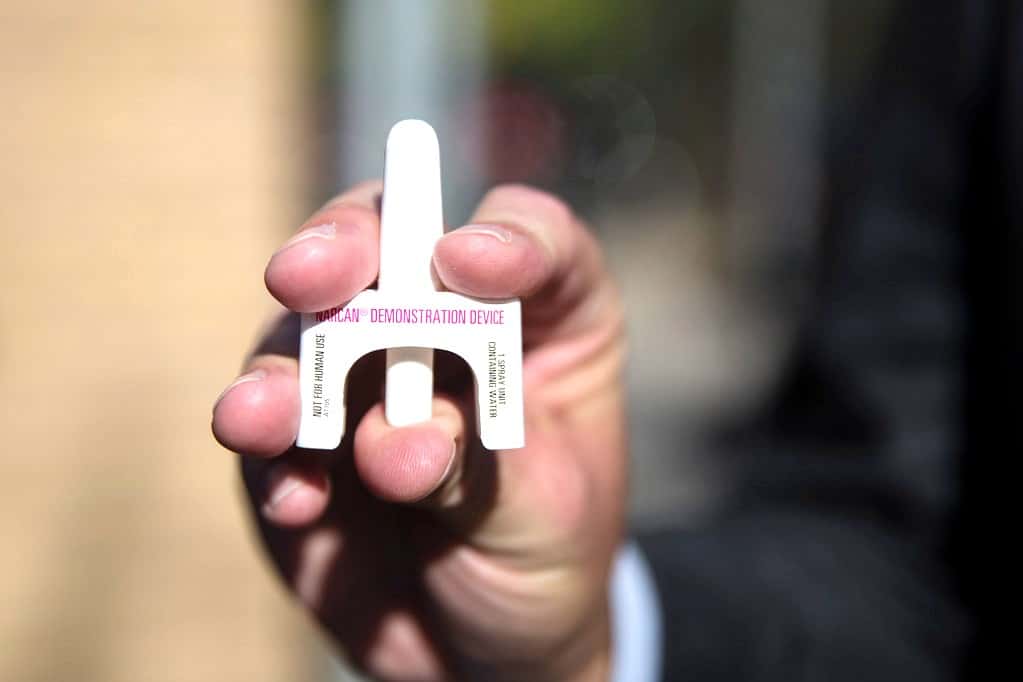You walk out of the South Carolina sun into an air-conditioned pharmacy, ready to pick up the hydrocodone and Xanax that you’re prescribed for pain and anxiety. You receive your medications as planned. But the pharmacist also prescribes a third, unfamiliar drug: naloxone.
This is an opioid overdose antidote, she explains. Combining an opioid and a benzodiazepine puts you at increased risk, so it’s important that you and those close to you be equipped with this small nasal spray.
That scenario could become a reality if South Carolina lawmakers pass House Bill 4711, legislation to “require prescribers to offer a prescription for naloxone to a patient under certain circumstances.” People who would be covered include patients receiving at least 90 “morphine milligram equivalents” per day; patients who receive an opioid and a benzodiazepine; and patients who may have increased overdose risk for other reasons, such as a history of substance use disorder.
Healthcare providers would also be required to educate patients and someone close to them about how to use naloxone and what causes an opioid-involved overdose. Failure to do so could result in professional sanctions.
The bill is sponsored by Rep. Russell Fry (R-Horry). And although lawmakers voted against moving the bill out of the House Medical, Military, Public and Municipal Affairs (3M) Committee on February 4, its supporters vowed to continue pushing for it and similar measures at the next meeting.
South Carolina is one of five US states where drug overdose deaths actually increased between 2017-2018 (the others were California, Delaware, Missouri and New Jersey). More than 800 residents died in 2018, marking a 10 percent increase that year.
The current bill wouldn’t be the state’s first naloxone-access innovation. In 2015, South Carolina created the Law Enforcement Officer Naloxone (LEON) program. Now in its fourth year, LEON has trained over 9,000 police officers to use naloxone and to better understand who may be at risk of overdose. As of 2019, LEON had reportedly saved over 575 lives.
Other first responders in the state are also being trained and equipped. Over 1,300 South Carolina firefighters now carry naloxone, and emergency medical services (EMS) providers administered the drug over 8,100 times in 2018 alone.
While all this progress should be applauded, it remains true that the people best placed to reverse an overdose are the friends and loved ones of people who use drugs. If it eventually passes, Rep. Fry’s legislation could improve the prospects of naloxone being administered without the need to wait for a 911 response.
Image from Flickr.





Show Comments